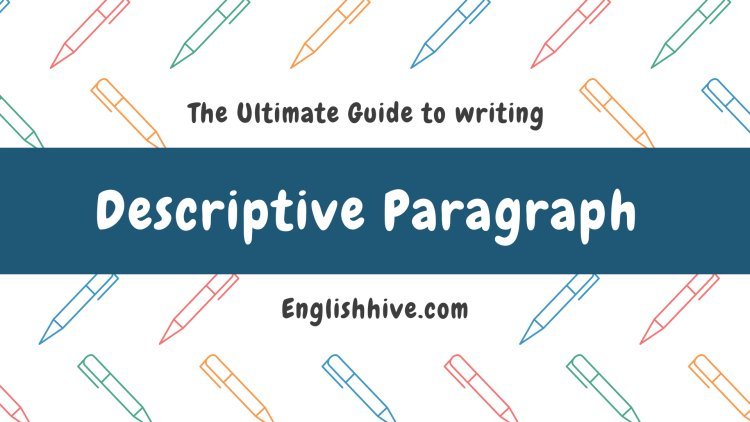Crafting Vivid Descriptions: A Guide to Writing Descriptive Paragraphs
Are you looking to enhance your writing with vivid imagery and sensory details? Mastering the art of descriptive writing can bring your prose to life, captivating readers and immersing them in your narrative. In this guide, we'll explore the key elements of writing a descriptive paragraph and provide tips to help you create vivid and engaging descriptions. Let's get started!

Step-by-Step Guide:
| Step | Description |
|---|---|
| 1. Choose a Subject | The first step in writing a descriptive paragraph is selecting a subject that you want to describe. It could be a person, a place, an object, or even a moment in time. Choose something that sparks your imagination and evokes strong emotions or imagery. |
| 2. Brainstorm Descriptive Details | Once you've chosen your subject, take some time to brainstorm descriptive details that you can use to bring it to life. Consider the five senses—sight, sound, smell, taste, and touch—and think about how you can use them to create a multi-dimensional portrayal of your subject. |
| 3. Create a Clear Mental Image | Before you start writing, visualize your subject in your mind's eye. Imagine its appearance, its surroundings, and any other relevant details. Try to create a clear mental image that you can translate into words on the page. |
| 4. Use Vivid Language | When writing a descriptive paragraph, use vivid and evocative language to paint a picture for your readers. Choose descriptive adjectives and adverbs that enhance your imagery and convey the mood or atmosphere you want to create. |
| 5. Appeal to the Senses | Engage your readers' senses by including sensory details that evoke sight, sound, smell, taste, and touch. Describe the colors, shapes, and textures of your subject. Capture the sounds and smells of its environment. Bring to life the sensations of touch and taste, if applicable. |
| 6. Show, Don't Tell | Instead of simply telling your readers what your subject looks like, show them through vivid descriptions and sensory imagery. Use descriptive language to create a scene that allows readers to experience your subject firsthand. |
| 7. Organize Your Thoughts | Organize your descriptive paragraph in a logical and coherent manner. Start with a topic sentence that introduces your subject and sets the tone for the rest of the paragraph. Then, use descriptive details to flesh out your description, arranging them in a way that flows naturally from one idea to the next. |
| 8. Revise and Edit | Once you've written your descriptive paragraph, take time to revise and edit your work. Check for clarity, coherence, and consistency. Trim any unnecessary words or phrases and make sure your language is precise and impactful. |
| 9. Seek Feedback | Seek feedback from peers, mentors, or writing groups to get an outside perspective on your descriptive paragraph. Consider their suggestions and critiques, and use them to improve and refine your writing. |
| 10. Practice, Practice, Practice | Like any skill, writing descriptive paragraphs takes practice. Keep honing your craft by writing regularly and experimenting with different techniques and styles. The more you practice, the more confident and proficient you'll become in creating vivid and compelling descriptions. |
Adjectives and Their Usage:
| Adjective | Usage |
|---|---|
| Serene | Describing peaceful environments or calm individuals |
| Vibrant | Depicting lively scenes or colorful objects |
| Mysterious | Evoking a sense of intrigue or ambiguity |
| Lush | Describing rich and abundant landscapes or foliage |
| Melancholic | Portraying a sense of sadness or nostalgia |
| Majestic | Describing grand and awe-inspiring sights or structures |
| Cozy | Depicting warm and inviting spaces |
| Ethereal | Describing delicate or otherworldly beauty |
| Rustic | Portraying a simple, countryside charm |
| Exquisite | Depicting intricate details or exceptional beauty |
Conclusion: Writing descriptive paragraphs is a powerful way to engage your readers' imaginations and transport them to new worlds. By following these steps and incorporating vivid imagery and sensory details into your writing, you can create descriptive paragraphs that captivate and delight your audience. So, grab your pen and paper, and start painting with words!
What's Your Reaction?


















